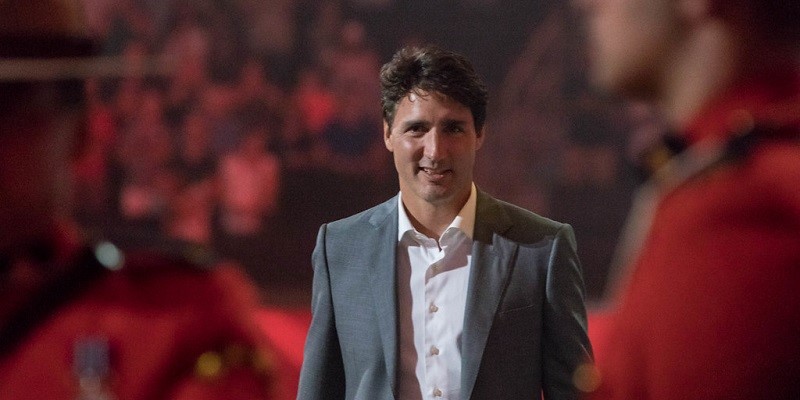Ottawa preaches diversity yet practises homogeneity

Prime Minister Trudeau has been a consistent advocate for diversity in Canada. Indeed, one of his first major speeches as prime minister was on diversity and how it strengthens the country. And yet on policy after policy, the Trudeau government has chosen homogeneity over diversity by federalizing policies better left to the provinces.
The framers of Canada’s Constitution allocated certain roles to the federal government while others were reserved for the provinces. In a country as diverse as Canada, this decentralized model of government accommodates the differences between provinces but within the framework of one country. In practical terms, what might work for one policy in Newfoundland and Labrador might not work for British Columbia. The Trudeau government, however, has intervened in area after area of provincial responsibility to create homogenous national programs that eliminate existing diversity rather than promote and accommodate it.
Consider, for example, one of the Trudeau government’s signature reforms, the Canada Child Benefit (CCB). This program, which replaced two existing programs, provides tax-free payments to eligible families with children under the age of 18, empowering parents to make decisions about how best to care for their children—particularly pre-school-age children who garner higher CCB benefits than school-age children. Put differently, this policy was designed to allow parents to choose from a diverse range of childcare options. This year, the government expects to spend some $25.2 billion on this program.
And yet, the Trudeau government’s 2021 budget introduced a new $30 billion-program (over five years) to provide “$10-a-day regulated child care spaces for children under six years old.” Last year, the program transferred $2.9 billion to the nine participating provinces (Quebec has an existing program) to support a specific kind of childcare—regulated daycare. By 2025-26, the transfer will total $7.9 billion. Parents preferring other options such as informal daycare (friends, family) are excluded from this program. This federal policy promotes a single homogenous type of childcare, which contradicts the rationale for the CCB.
Another example of Ottawa’s contradiction on diversity is its push to create a national pharmacare program in an area of clear provincial responsibility. The Trudeau government’s vision for a single national program ignores and discounts the existing diverse provincial programs already in place. Ottawa has failed to explain why a single national program will be better than the existing provincial programs tailored to the specific needs of each province. Again, Ottawa’s plan is to replace a diverse set of programs with a single national homogenous program.
And the push for pharmacare, which will gain steam in 2023 since it was part of the governing agreement between the Liberals and the NDP, exists amid an increasing recognition that one of the main barriers to genuine health care reform in Canada is Ottawa’s continued regulation and intervention. Indeed, there’s increasing agreement that we need less Ottawa and more provinces—that is, more diversity—when it comes to the authority and responsibility for health care. To achieve this goal, Ottawa must get out of the way of provincial health care reform.
Prime Minister Trudeau is correct—diversity does make Canada a stronger country. He’s quite incorrect, though, to eliminate provincial diversity and create homogeneous national programs.

